Maximizing Efficiency and Safety in Power Plants with Control Valves is a post that explores the important role that control valves play in ensuring the efficient and safe operation of power plants. This post provides an overview of how control valves help to regulate fluid flow and maintain the desired conditions in power plants, while also improving process control and preventing overpressure and other safety hazards.
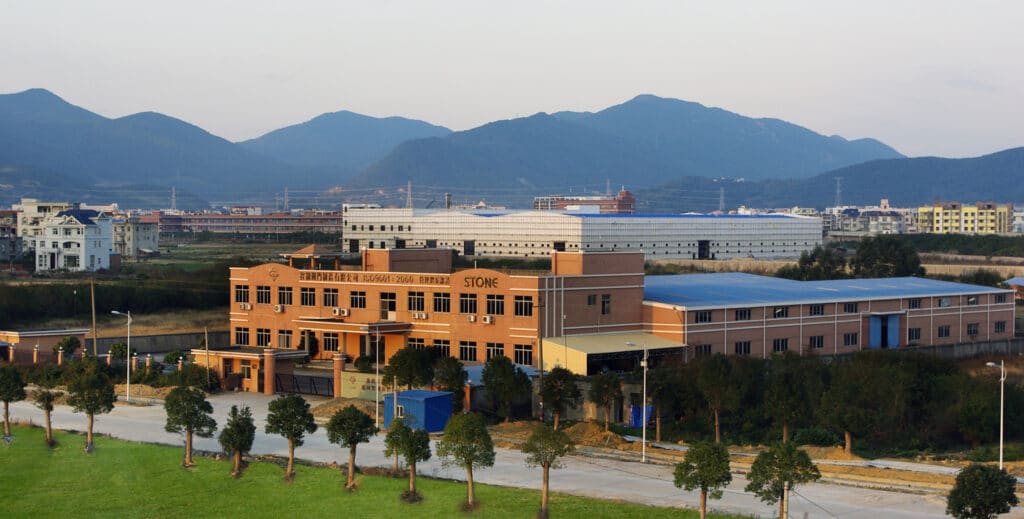
The post covers the benefits of using control valves in power plants, including precise flow control, improved energy efficiency, better process control, and increased safety. It also discusses the common applications of control valves in power plants, such as steam generation systems, cooling water systems, fuel supply systems, and boiler feed water systems.
In addition, the post covers the maintenance requirements for control valves in power plants, including regular inspections, cleaning, lubrication, calibration, and repair or replacement. The post also explains how control valves can be integrated with power plant control systems, including control system integration, network communication, SCADA integration, and PLC integration.
The post concludes by emphasizing the importance of proper control valve selection in power plants, and the role that control valves play in ensuring the efficient and safe operation of power plants. Whether you are a power plant operator, engineer, or maintenance professional, this post provides valuable information on how control valves can help you maximize efficiency and safety in your power plant.
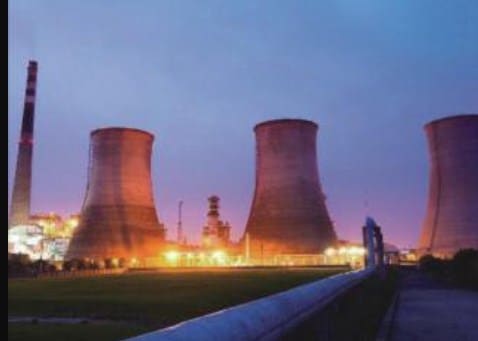
Introduction
Control valves play a crucial role in the safe and efficient operation of power plants. They are used to regulate the flow of fluid in various processes, such as steam generation, cooling water systems, and fuel supply. The selection and proper use of control valves can have a significant impact on the performance and safety of a power plant.
Here are some of the common questions people might search for regarding control valves used in power plants.
Common Industrial Valves Used in Power Plants
In power plants, the most common industrial valves used include:
- Globe Valves: Globe valves are used in power plants for controlling the flow of fluid, such as steam and water, in high-pressure systems. They are known for their precise flow control and reliability, making them a popular choice for power plant applications.
- Gate Valves: Gate valves are used to regulate the flow of fluid in power plants. They are typically used in applications where a full flow of fluid is required, such as in cooling water systems.
- Ball Valves: Ball valves are used in power plants for applications that require quick and easy flow control. They are known for their durability and reliability and are often used in steam generation and fuel supply systems in power plants.
- Butterfly Valves: Butterfly valves are used in power plants for applications that require a large flow capacity, such as in cooling water systems. They are known for their ease of use and versatility, making them a popular choice for many power plant applications.
- Needle Valves: Needle valves are used in power plants for applications that require precise control of flow, such as in fuel supply systems. They are known for their accuracy and repeatability, making them a popular choice for many power plant applications.
- Safety Relief Valves: Safety relief valves are used in power plants to protect against overpressure in the system. They are designed to open automatically in the event of an overpressure situation, helping to prevent damage to the system and ensuring the safety of the power plant and its personnel.
These are some of the most common industrial valves used in power plants. The exact type of valve used will depend on the specific requirements of the power plant and the processes that are used. However, these valves play an important role in regulating fluid flow and ensuring the safe and efficient operation of power plants.

Types of Control Valves Used in Power Plants
There are several types of control valves that are commonly used in power plants, including globe valves, ball valves, and butterfly valves. Each type of valve has its own strengths and weaknesses, and the choice of valve depends on the specific application and the requirements of the power plant.
Globe valves are commonly used in power plants due to their high accuracy and linear flow characteristic. They are suitable for applications where precise flow control is required, such as in steam turbine control systems.
Ball valves are known for their durability and ease of maintenance. They are often used in high-pressure applications, such as in cooling water systems.
Butterfly valves are characterized by their compact size and low weight, making them ideal for applications where space is limited. They are commonly used in fuel supply systems, where the flow of fuel must be regulated.
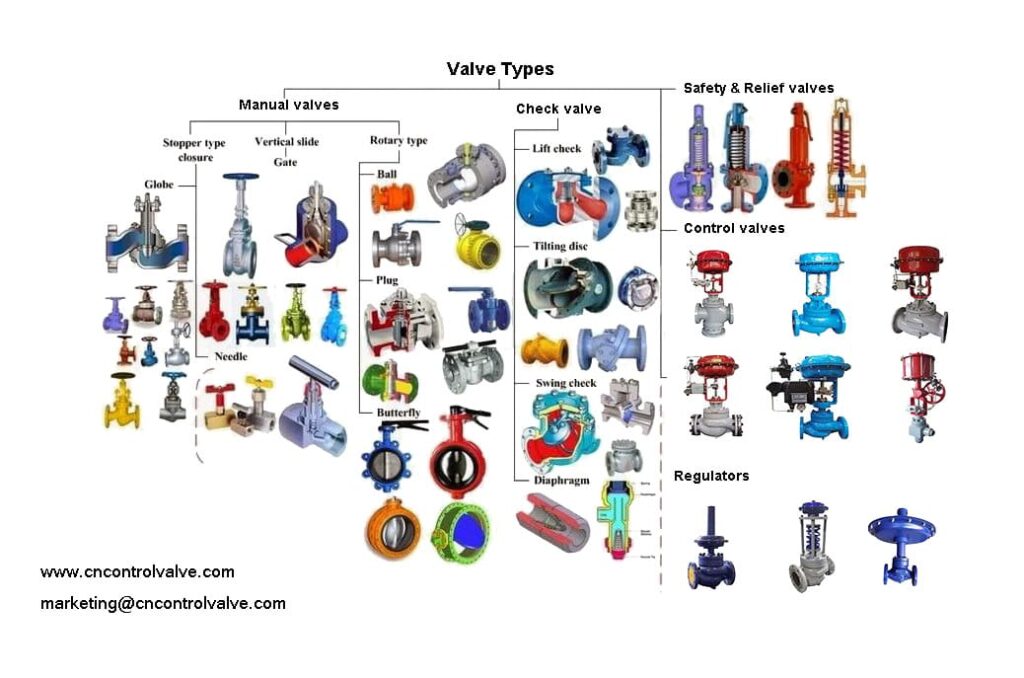
How do control valves help in regulating power plant operations
Control valves play an important role in regulating the operations of power plants by providing precise control over the flow of fluid in various processes. By adjusting the flow of fluid, control valves help to maintain the desired conditions in the power plant, such as temperature, pressure, and flow rate. This helps to optimize the performance of the power plant and ensure that it operates safely and efficiently.

For example, in steam generation systems, control valves are used to regulate the flow of steam to the turbines.
In cooling water systems, control valves are used to regulate the flow of cooling water to the condenser.
In fuel supply systems, control valves are used to regulate the flow of fuel to the boilers.
So we know control valves help to regulate the operations of power plants by providing precise control over the flow of fluid in various processes. This helps to maintain the desired conditions in the power plant, optimize its performance, and ensure that it operates safely and efficiently.
Factors to Consider When Selecting Control Valves for Power Plants
When selecting control valves for a power plant, several factors should be considered, including:
- Flow Characteristics: The flow characteristics of the control valve should match the requirements of the specific application. This includes considerations such as flow rate, pressure drop, and fluid type.
- Operating Conditions: The operating conditions of the control valve should be taken into account, including temperature, pressure, and fluid characteristics.
- Control System Integration: The control valve should be compatible with the power plant’s control system, and should be able to receive and respond to signals from the control system.
- Maintenance Requirements: The control valve should be easy to maintain, with readily available replacement parts and a simple design that allows for easy disassembly and cleaning.
- Safety Considerations: The control valve should be designed to meet relevant safety standards, and should include features such as safety relief valves, to ensure the safety of the power plant and its personnel.

Benefits of Using Control Valves in Power Plants
The use of control valves in power plants can bring several benefits, including:
- Improved Efficiency: By accurately regulating the flow of fluid in various processes, control valves can help to improve the efficiency of the power plant.
- Increased Safety: Control valves can contribute to the safety of the power plant by ensuring that fluid flow is properly regulated, and by providing safety relief valves to protect against overpressure.
- Better Process Control: The precise flow control provided by control valves can help to optimize the performance of the power plant, and to maintain the desired process conditions.
How does a control valve work in a power plant system
A control valve in a power plant system works by adjusting the flow of fluid in response to signals from a control system. The control valve is typically installed in a piping system and connected to a control system that uses sensors and algorithms to determine the desired position of the valve. The control system then sends a signal to the actuator, which adjusts the valve’s position to achieve the desired flow rate.
In a control valve, the flow of fluid is regulated by the position of the valve’s closure element, which can be a disc, a plug, or a ball. The closure element is typically connected to an actuator, which can be an electric or pneumatic device. When the control system sends a signal to the actuator, the actuator adjusts the position of the closure element, which in turn regulates the flow of fluid through the valve.
For example, in a power plant steam generation system, a control valve may be used to regulate the flow of steam to the turbines. The control system in the steam generation system measures the pressure and temperature of the steam and sends signals to the control valve to adjust the flow of steam to the turbines. The control valve responds to these signals by adjusting the position of its closure element, which regulates the flow of steam to the turbines.
A control valve in a power plant system works by adjusting the flow of fluid in response to signals from a control system. The closure element of the valve is positioned by an actuator, which is controlled by the control system. This allows the control valve to regulate the flow of fluid in the power plant, helping to maintain the desired conditions and optimize the performance of the system.

How can control valves improve the efficiency of power plants
Control valves can improve the efficiency of power plants in several ways:
1.Precise Flow Control: Control valves provide precise control over the flow of fluid in various processes in a power plant, such as steam generation, cooling water systems, and fuel supply. By maintaining the desired flow rate and pressure, control valves help to optimize the performance of the power plant and increase its overall efficiency.
2. Improved Energy Efficiency: By precisely controlling the flow of fluid, control valves can help to reduce energy waste in power plants. For example, in steam generation systems, control valves can help to reduce the amount of steam that is wasted by ensuring that the steam is only produced in the quantities that are needed.
3. Better Process Control: Control valves provide precise control over the flow of fluid in various processes in a power plant, allowing for better process control. By maintaining the desired conditions in the power plant, such as temperature and pressure, control valves help to optimize the performance of the power plant and increase its overall efficiency.
4. Increased Safety: Control valves can also contribute to the safety of power plants by ensuring that fluid flow is properly regulated. This helps to prevent overpressure and other safety hazards that can negatively impact the performance of the power plant and its overall efficiency.
The control valves can improve the efficiency of power plants by providing precise control over the flow of fluid, reducing energy waste, improving process control, and increasing safety. By optimizing the performance of the power plant, control valves can help to increase its overall efficiency and ensure that it operates reliably and efficiently.
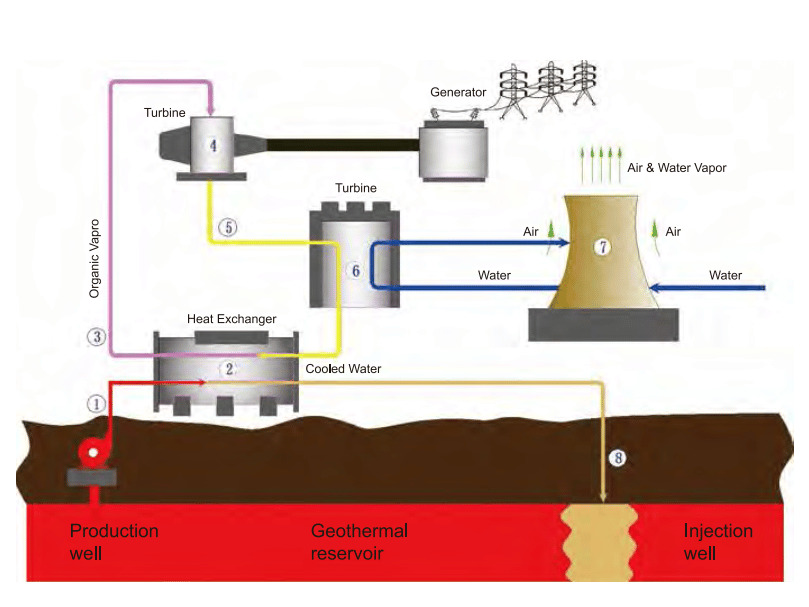
What are the common applications of control valves in power plants
Control valves are commonly used in several applications in power plants, including:
- Steam Generation Systems: Control valves are used to regulate the flow of steam to the turbines, helping to maintain the desired pressure and temperature in the steam turbine. This helps to optimize the performance of the steam turbine and ensure that it operates safely and efficiently.
- Cooling Water Systems: Control valves are used to regulate the flow of cooling water to the condenser, helping to maintain the desired temperature and flow rate in the condenser. This helps to optimize the performance of the condenser and ensure that it operates safely and efficiently.
- Fuel Supply Systems: Control valves are used to regulate the flow of fuel to the boilers, helping to maintain the desired fuel flow rate and pressure in the boilers. This helps to optimize the performance of the boilers and ensure that they operate safely and efficiently.
- Boiler Feed Water Systems: Control valves are used to regulate the flow of feed water to the boilers, helping to maintain the desired flow rate and pressure in the boilers. This helps to optimize the performance of the boilers and ensure that they operate safely and efficiently.
- Deaerator Systems: Control valves are used to regulate the flow of deaerated water in deaerator systems, helping to maintain the desired flow rate and pressure in the deaerator. This helps to optimize the performance of the deaerator and ensure that it operates safely and efficiently.
These are just a few examples of the common applications of control valves in power plants. The exact applications will depend on the specific requirements of the power plant and the processes that are used. However, control valves play an important role in regulating fluid flow in power plants, helping to maintain the desired conditions and optimize the performance of the system.
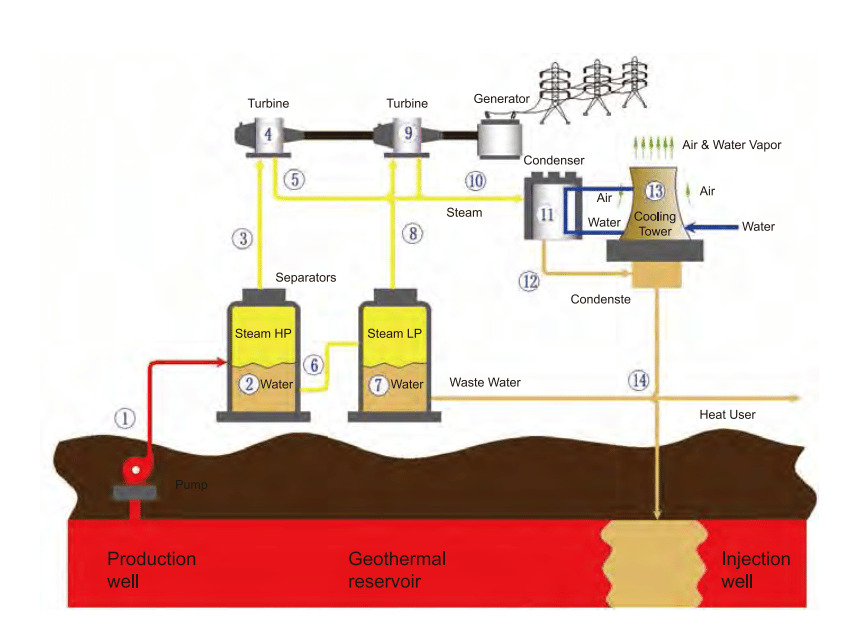
What are the maintenance requirements for control valves in power plant
The maintenance requirements for control valves in power plants will vary depending on the specific type of control valve and the conditions under which it is used. However, some general maintenance requirements that are common to many control valves include:
- Regular Inspections: Control valves should be regularly inspected to ensure that they are functioning properly and that there are no signs of wear or damage. Inspections should include a visual inspection of the valve body and actuator, as well as a check of the valve’s position and performance.
- Cleaning: Control valves should be periodically cleaned to remove any dirt, debris, or other contaminants that may have accumulated on the valve body or actuator. Cleaning should be performed using appropriate cleaning agents and techniques, and should be done in accordance with the manufacturer’s recommendations.
- Lubrication: Control valves may require periodic lubrication to ensure that they operate smoothly and efficiently. The type and frequency of lubrication required will depend on the specific type of control valve and the conditions under which it is used.
- Calibration: Control valves should be calibrated periodically to ensure that they are providing accurate and consistent control. Calibration should be performed using appropriate calibration equipment and procedures, and should be done in accordance with the manufacturer’s recommendations.
- Repair and Replacement: If a control valve is damaged or fails to function properly, it should be repaired or replaced as soon as possible. Repairs should be performed by qualified technicians using appropriate repair procedures and parts, and replacement valves should be of the same type and quality as the original valve.

The maintenance requirements for control valves in power plants will vary depending on the specific type of control valve and the conditions under which it is used. However, regular inspections, cleaning, lubrication, calibration, and repair or replacement are common maintenance requirements that should be performed to ensure that control valves in power plants operate safely and efficiently.
How do control valves contribute to the safety of power plants
Control valves play an important role in ensuring the safety of power plants by helping to regulate fluid flow and prevent overpressure and other safety hazards. Some of the ways that control valves contribute to the safety of power plants include:
Overpressure Protection
Control valves can be designed with safety relief valves to protect against overpressure in the system. In the event of an overpressure situation, the safety relief valve will open to release the excess pressure, helping to prevent damage to the system and ensuring the safety of the power plant and its personnel.
Precise Flow Control
By precisely controlling the flow of fluid in various processes in a power plant, control valves help to maintain the desired conditions and prevent safety hazards. For example, in steam generation systems, control valves can help to prevent overpressure in the steam turbine by regulating the flow of steam to the turbine.
Improved Process Control
Control valves provide precise control over the flow of fluid in various processes in a power plant, allowing for better process control. By maintaining the desired conditions in the power plant, such as temperature and pressure, control valves help to prevent safety hazards and ensure the safe and efficient operation of the power plant.
Durability and Reliability
Control valves are designed to be durable and reliable, with features such as corrosion-resistant materials and robust actuators that help to ensure that they continue to function properly over time. This helps to prevent safety hazards in the power plant and ensure the safety of its personnel.
Control valves play a crucial role in ensuring the safety of power plants by regulating fluid flow, preventing overpressure and other safety hazards, improving process control, and providing durability and reliability. By ensuring the safe and efficient operation of the power plant, control valves help to protect the power plant and its personnel and contribute to a safer and more secure energy supply.
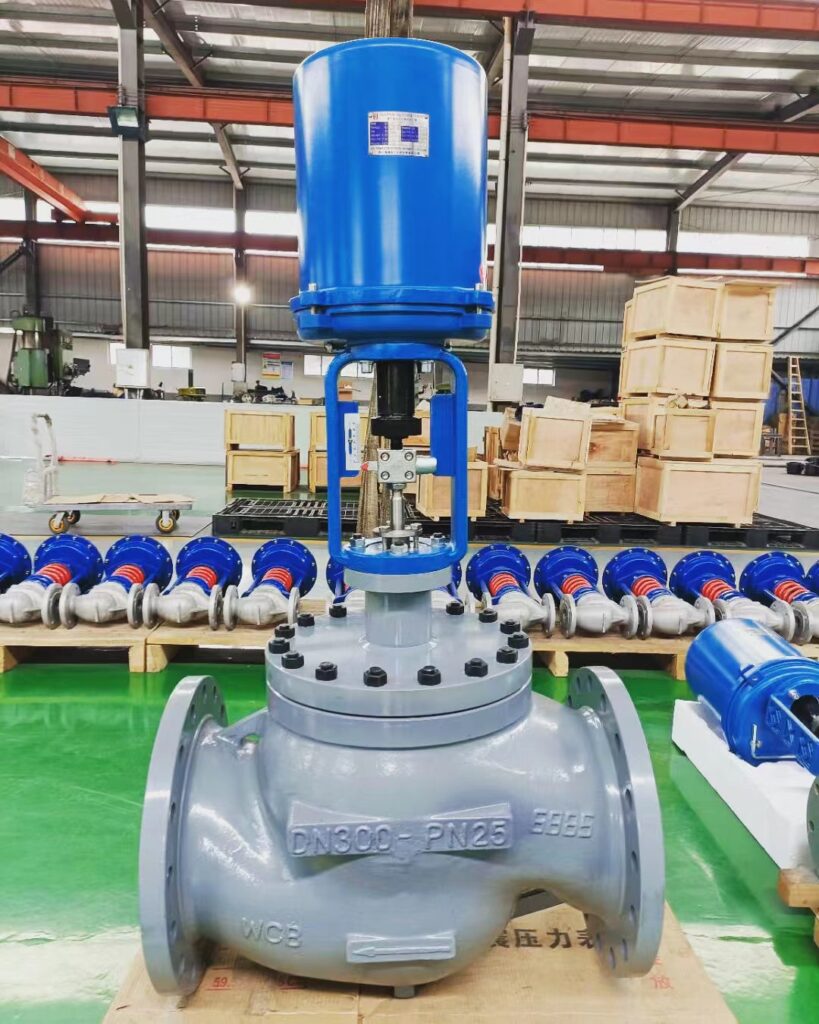
How can control valves be integrated with power plant control systems
Control valves can be integrated with power plant control systems in several ways, including:
Control System Integration
Control valves can be connected directly to the control system in a power plant, allowing for precise control over the valve’s position and performance. The control system can receive input from sensors and algorithms to determine the desired position of the valve, and then send signals to the actuator to adjust the valve’s position accordingly.
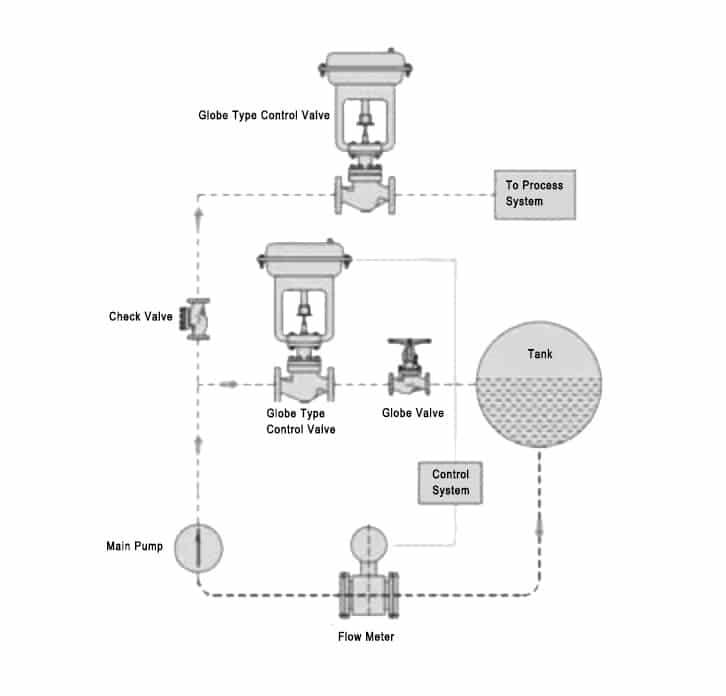
Network Communication
Control valves can be connected to a network communication system in a power plant, allowing for remote monitoring and control. The network communication system can allow operators to monitor the status and performance of the control valves from a central location, and make adjustments as needed.
SCADA Integration
Control valves can be integrated with a Supervisory Control and Data Acquisition (SCADA) system in a power plant, allowing for real-time monitoring and control. The SCADA system can provide real-time data on the performance of the control valves, allowing operators to make informed decisions about how to adjust the valves to optimize the performance of the power plant.
PLC Integration
Control valves can be integrated with a Programmable Logic Controller (PLC) in a power plant, allowing for automated control and monitoring. The PLC can receive signals from sensors and algorithms to determine the desired position of the valve, and then send signals to the actuator to adjust the valve’s position accordingly.
The exact method of integration will depend on the specific requirements of the power plant and the processes that are used. However, integrating control valves with power plant control systems can help to improve the performance and efficiency of the power plant and ensure that it operates safely and reliably.
Conclusion
Control valves are essential components in the operation of power plants. By providing precise flow control, improved efficiency, and increased safety, control valves play a vital role in ensuring the safe and efficient operation of power plants.
As a professional control valve manufacturer, THINKTANK is committed to providing high-quality control valves that meet the specific needs of power plants. Our control valves are designed to meet the stringent requirements of the power generation industry and are backed by our commitment to quality and customer satisfaction. If you have any questions, you can contact us for a free consultation.






